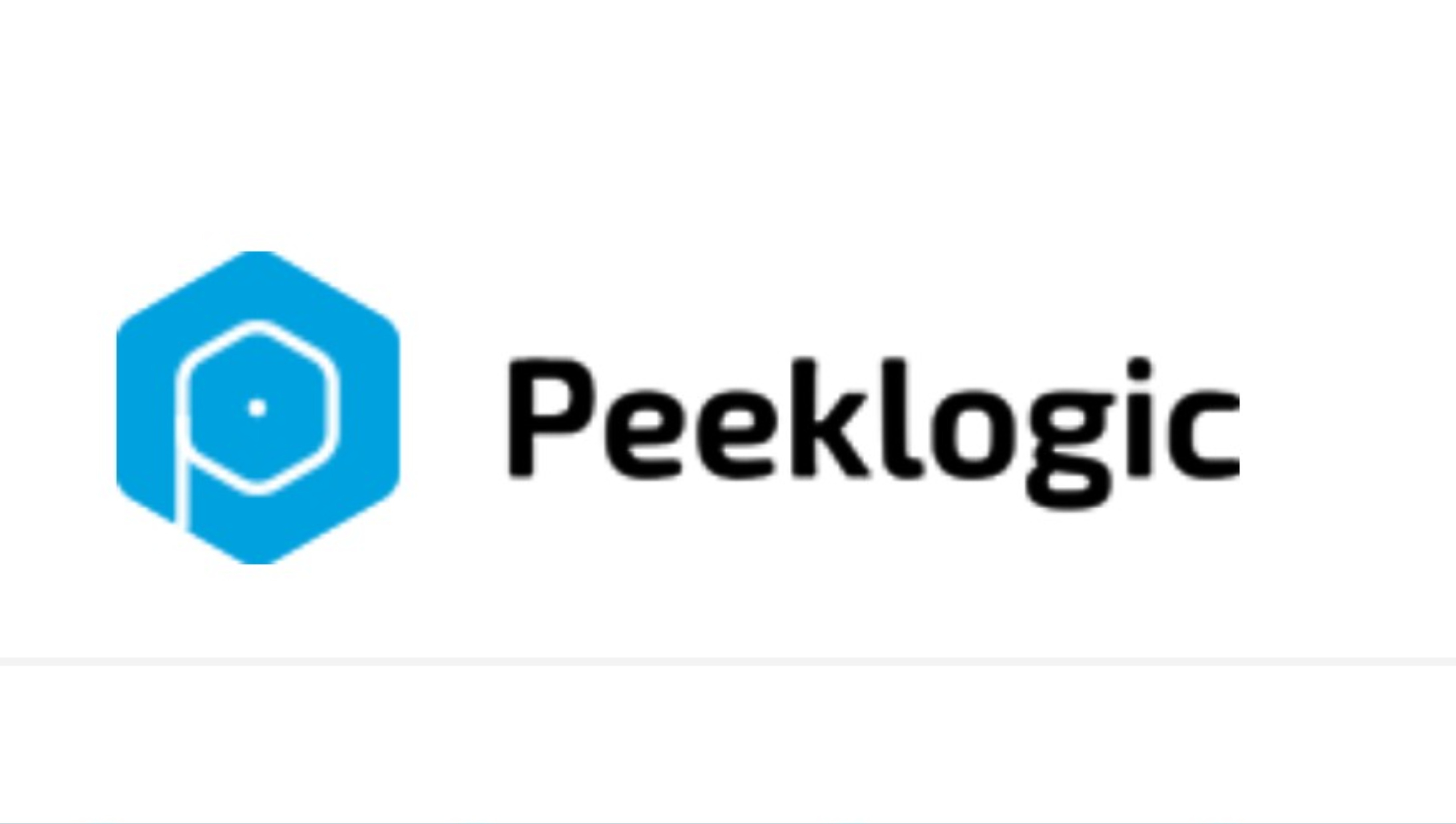Driving Cross-Functional Collaboration with a Salesforce Jira Connector

The Challenge of Siloed Platforms
Salesforce is the hub for customer relationship management, capturing leads, opportunities, and support cases. Jira, on the other hand, powers agile development, backlog management, and issue tracking. Yet, when these two platforms operate independently, important information becomes fragmented. Support teams log cases in Salesforce, but developers in Jira may not see the customer’s full context. Similarly, updates in Jira—such as progress, bug fixes, or sprint completion—don’t flow automatically into Salesforce. This gap leads to delays, miscommunication, and duplicated effort.
Why Integration Is Essential
A salesforce jira connector bridges this divide by enabling seamless, real-time data synchronization between the two platforms. Instead of relying on manual updates, teams gain visibility into the same information at the same time. This integration creates a unified workflow where customer-facing teams and developers collaborate more effectively and respond faster to customer needs.
Key Capabilities of a Salesforce Jira Connector
-
Bi-Directional Synchronization: Salesforce cases can be linked or converted directly into Jira issues, while Jira updates—comments, attachments, or status changes—automatically appear in Salesforce.
-
Custom Mapping: Flexible mapping ensures that unique Salesforce fields align with Jira issue types, priorities, and workflows.
-
Automation Support: Integration with Salesforce automation tools (Flow, Process Builder) allows seamless event-driven updates.
-
Secure Data Handling: Token-based authentication and encryption protect sensitive business information.
-
Scalable Design: Handles increasing volumes of cases, issues, and attachments without compromising performance.
Benefits Across Departments
-
Support Teams: Gain real-time visibility into issue progress without leaving Salesforce.
-
Development Teams: Access customer context directly in Jira, improving prioritization and solution design.
-
Sales Teams: Stay informed about feature requests or bug fixes that could impact customer satisfaction.
-
Managers: Generate unified reports that combine customer service data with development metrics.
Implementation Considerations
When implementing a salesforce jira connector, businesses should first identify their most critical workflows—such as case-to-issue syncing—before expanding integration to additional scenarios like feature requests or escalation workflows. This phased approach ensures adoption while minimizing disruption.
Long-Term Value
The connector provides benefits that extend beyond initial efficiency gains:
-
Reduced Errors: Automated synchronization eliminates inconsistencies between platforms.
-
Faster Responses: Customers receive accurate, real-time updates.
-
Improved Productivity: Manual duplication of data is eliminated, freeing teams for higher-value work.
-
Strategic Insights: Leadership gains full visibility into the lifecycle of customer issues and product improvements.
Final Thoughts
The salesforce jira connector is more than a simple integration—it is a strategic solution that unites customer service and development. By enabling real-time, secure, and scalable synchronization, it eliminates silos, enhances collaboration, and improves responsiveness. For organizations leveraging Salesforce and Jira, this connector is a vital step toward operational harmony and long-term business growth.
- Art
- Causes
- Crafts
- Dance
- Drinks
- Film
- Fitness
- Food
- Παιχνίδια
- Gardening
- Health
- Κεντρική Σελίδα
- Literature
- Music
- Networking
- άλλο
- Party
- Religion
- Shopping
- Sports
- Theater
- Wellness

